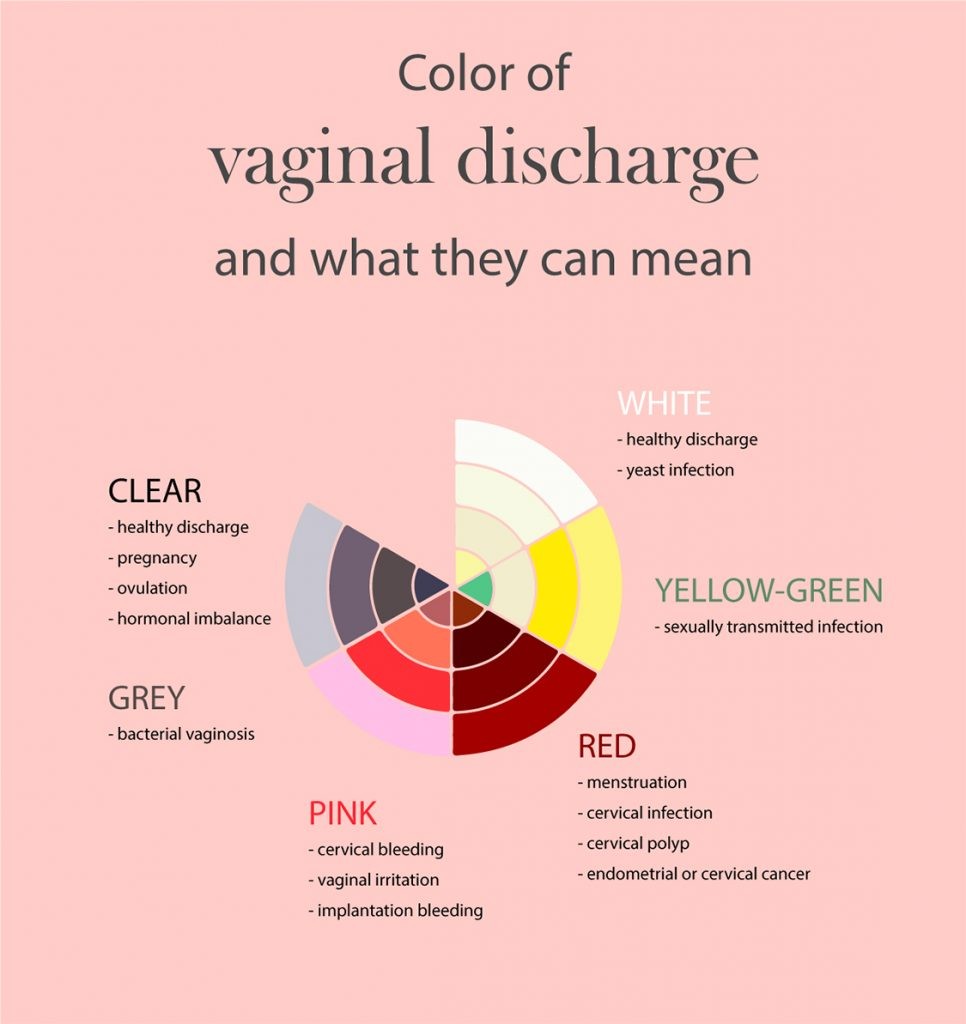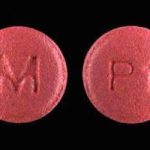
Contents
- 1 Causes of Yellow Discharge and Its Meaning
- 1.0.1 Signs of Yellow Discharge
- 1.0.2 Causes of Yellow Discharge
- 1.0.3 When to See a Doctor for Yellow Discharge
- 1.0.4 Diagnosis for Yellow Discharge
- 1.0.5 Treatments for Yellow Discharge
- 1.0.6 Is Yellow Discharge Normal During Pregnancy?
- 1.0.7 What Does Normal Vaginal Discharge During Pregnancy Look Like?
- 1.0.8 What Do Different Vaginal Discharge Colors Mean?
Causes of Yellow Discharge and Its Meaning
Yellow vaginal discharge may or may not indicate an infection. Check for other symptoms in addition to the discharge.
All women experience vaginal discharge as part of their monthly cycle. It keeps the vagina clean and flushes out bacteria.
Discharge maintains the balance between bacteria and yeast in your vagina, preventing infection.
Healthy discharge is clear, watery, pale yellow, or white. It should not have a strong smell.
Discharge amount and color vary throughout the menstrual cycle, with the heaviest amount during ovulation and sexual arousal.
Many factors can affect vaginal discharge, such as:
- Antibiotics
- Douching
- Scented soaps or bubble bath
- Diabetes
- Pregnancy
- Spermicides
- Menopause
- Breastfeeding
- Infection
If you notice yellow discharge, pay attention to your body and look for other symptoms.
Signs of Yellow Discharge
Yellow discharge can range from light yellow to darker yellow-greenish. It is visible in underwear or on toilet paper.
Pale yellow discharge without odor is considered normal.
Causes of Yellow Discharge
Yellow discharge may or may not indicate an infection.
Check for other symptoms, as the amount, smell, and timing of the discharge can help determine the cause. Possible causes include:
- Period
- Early pregnancy
- Vaginitis
- Vaginal infection
- Sexually transmitted disease
Period: Thin yellow discharge near the start of your period is common, resulting from early menstrual blood mixed with regular mucus discharge.
Pregnancy: Thick yellow discharge can be an early sign of pregnancy.
Vaginitis: Vaginitis is an irritation or inflammation of the vaginal lining, causing redness, odor, and pain.
Vaginal infection: Poor hygiene that allows fecal bacteria to spread to the vulva is a major source of infection. Not all infections causing vaginitis are sexually transmitted, but all STDs can cause vaginitis.
Common infections causing vaginitis include yeast infections and bacterial vaginosis.
Be aware of your body to evaluate new symptoms, such as vulva pain, intense itching, and thick white to yellowish discharge. For bacterial vaginosis, symptoms include white, gray, or yellow discharge, burning, itching, redness, and a fishy odor.
Sexually transmitted disease: Gonorrhea and chlamydia are the most common STDs that cause vaginitis and yellow discharge. These STDs may not always have symptoms or may only present some of the symptoms.
Gonorrhea symptoms include yellowish to green, slightly creamy discharge, sharp stomach pain, burning during intercourse and urination, and fever.
Chlamydia symptoms include abnormal yellow to green discharge, and burning during intercourse and urination.
Trichomoniasis, another STD, causes yellowish to greenish watery discharge, an unpleasant smell, and mild discomfort or pain while urinating.
When to See a Doctor for Yellow Discharge
See a doctor if your yellow discharge:
- Changes color
- Smells foul or fishy
- Causes soreness or itching
- Causes pain in the pelvic area, especially during urination
Diagnosis for Yellow Discharge
Only a licensed healthcare professional can diagnose the medical issue indicated by your yellow discharge.
A pelvic exam is necessary to determine the cause. Your doctor will take a discharge sample to screen for infections. If you’re sexually active, they will also check for STDs.
Avoid using spermicide or douching before the pelvic exam for accurate results.
Treatments for Yellow Discharge
Once the cause of your yellow discharge is diagnosed, treatment can be provided. Treatment usually involves topical creams, gels, or antibiotics, depending on the specific cause.
If the cause is an STD, your partner should also be treated to prevent reinfection.
Is Yellow Discharge Normal During Pregnancy?
Pregnancy often leads to increased vaginal discharge. However, normal vaginal discharge during pregnancy is usually thin, clear, or white. Yellow, green, gray, red, or frothy discharge may indicate infection and require medical treatment.
What Does Normal Vaginal Discharge During Pregnancy Look Like?
Healthy vaginal discharge during pregnancy, also called leukorrhea, often increases. It helps reduce the risk of vaginal and uterine infections. Normal vaginal discharge characteristics include:
- Thin, clear, or white
- Mild odor
- May be heavy in the final weeks of pregnancy, with pink mucus, sticky, jelly-like consistency, indicating preparation for childbirth
QUESTION
What Do Different Vaginal Discharge Colors Mean?
Vaginal discharge colors indicate various health issues:
Yellow or green: Indicates infection, potentially an STI like chlamydia or trichomoniasis. May have other symptoms like redness or irritation.
White and lumpy: May indicate a yeast infection, common during pregnancy. Other symptoms include pain, burning, itching, and painful urination or intercourse.
Gray: May indicate bacterial vaginosis (BV), characterized by a fishy odor that worsens after intercourse. BV results from a bacterial imbalance in the vagina, with risk factors including douching and multiple partners.
Brown: Caused by old blood leaving the body and may be an early sign of pregnancy. Dark brown discharge during pregnancy requires medical attention.
Pink: Usually normal in early and final pregnancy weeks but can also indicate miscarriage, ectopic pregnancy, or vaginal infection. May appear after sexual intercourse.
Red: Can be dangerous during pregnancy, especially with heavy bleeding, clots, cramping, and abdominal pain. May indicate miscarriage or ectopic pregnancy.
Sources:
American Academy of Family Physicians: "Vaginal Discharge"
American Pregnancy Association: "Vaginal Discharge During Pregnancy"
Associated Women’s Health Specialists P.C.: "Vaginitis"
Centers for Disease Control and Prevention: "Chlamydia"
Centers for Disease Control and Prevention: "Gonorrhea"
Current Dermatology Reports: "Evaluation of Vaginal Complaints During Pregnancy: the Approach to Diagnosis"
Healthdirect: "Vaginal discharge"
Merck Manual: "Vaginal Discharge"
National Health Service: "Vaginal discharge"
South African Medical Journal: "Diagnosis and Treatment of Vaginal Discharge in Pregnancy"


